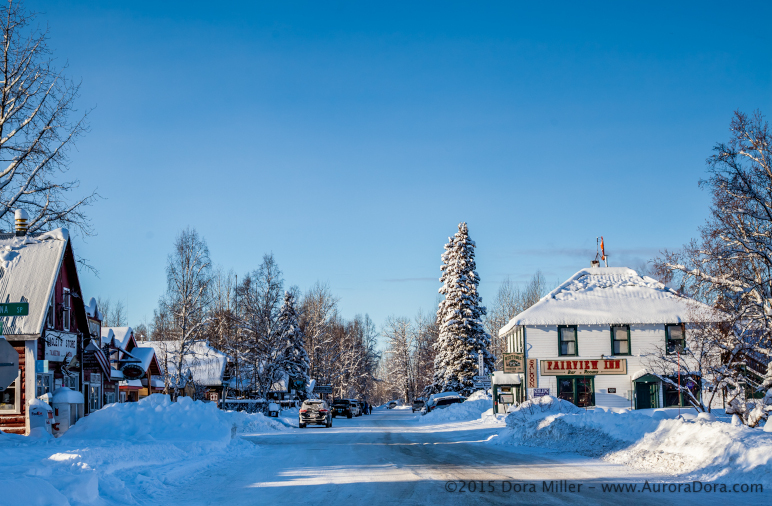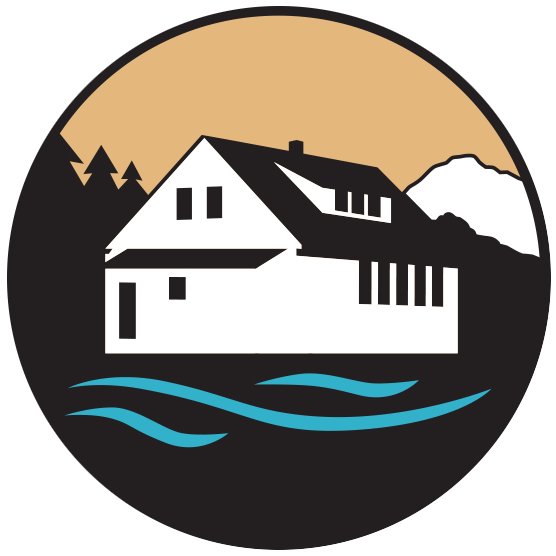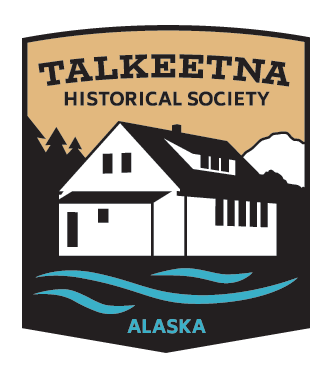TALKEETNA
HISTORICAL SOCIETY
Talkeetna’s History and Museum
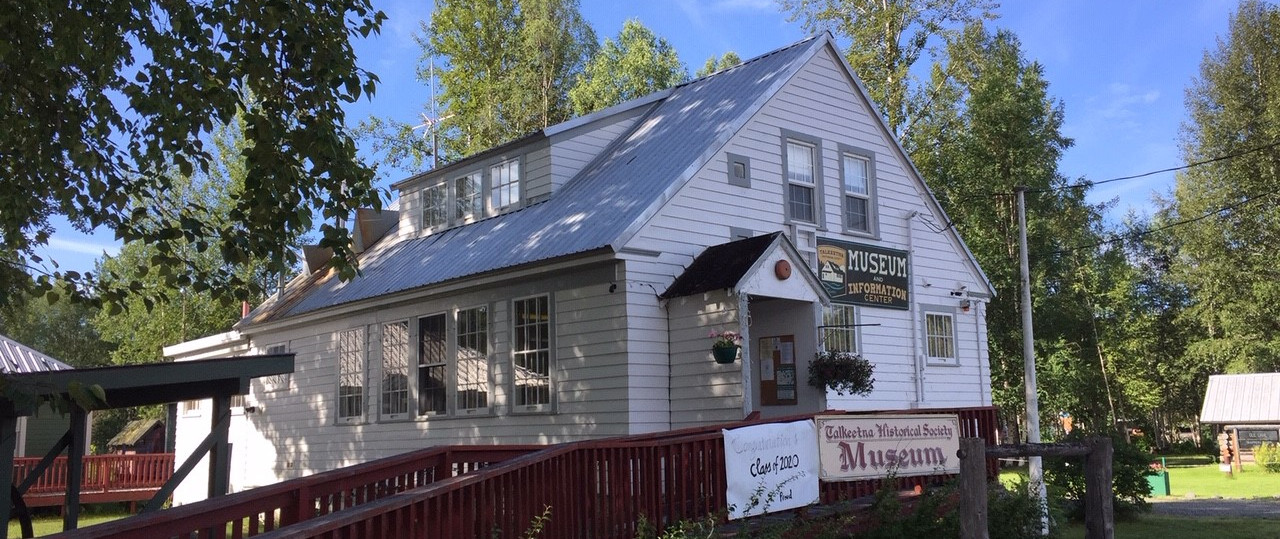
Happy Winter! We are now on winter hours : Friday - Saturday - Sunday from 10am to 4pm Please call 907-733-2487 to schedule an appointment or speak to the manager.
The Museum
The Talkeetna Historical Society’s museum, located in downtown Talkeetna, in the original Territory of Alaska Talkeetna School building, opened in the 1936-37 school year.
The Talkeetna Historical Society Museum is dedicated to preserving our rural village by saving Talkeetna’s past in its historical buildings and sites. Visit the museum, where knowlegdeable staff will greet you. Here you can also pick up a walking tour brochure, which will guide you around town and to a number of historic buildings.
Our museum exhibits introduce you to our very personal history–native peoples, aviators, gold seekers, trappers–many ordinary people made a name for themself and are now an important part of Talkeetna’s past.
The museum’s other buildings– historic railroad buildings, circa 1920s –offer more historic photos and exhibition pieces from the old days. One of the Museum buildings holds the Mountain Exhibit, showing Denali (Mt. McKinley) and its surrounding peaks of the Alaska Range as a room-size model. The model is owned by the National Park Service and the museum houses it. Here you can learn about the history of mountaineering. Ask about lectures that are held in this building regularly throughout the summer.
Museum Hours
Winter: from mid September to mid May we are open on weekends only. Saturdays and Sundays 11 AM – 4 PM. Or check with us to see availability. We have been known to open up for groups and events. The manager is known to keep odd hours in winter!
Summer: We are open 7 days a week, 9 AM – 5 PM. Yes, we are open for holidays including Memorial Day, Labor Day, and Fourth of July.
Admission: $10 per person, $8 for seniors (62+). Children age 10 and under are free. Members of the society are free. In summer, members can park for free in our parking area (otherwise parking comes with the price of admission).
Interested in a guided tour? No problem. Simply call the museum to set up a time: 907-733-2487. We generally ask for a 4 day advance notice.
Talkeetna Area History
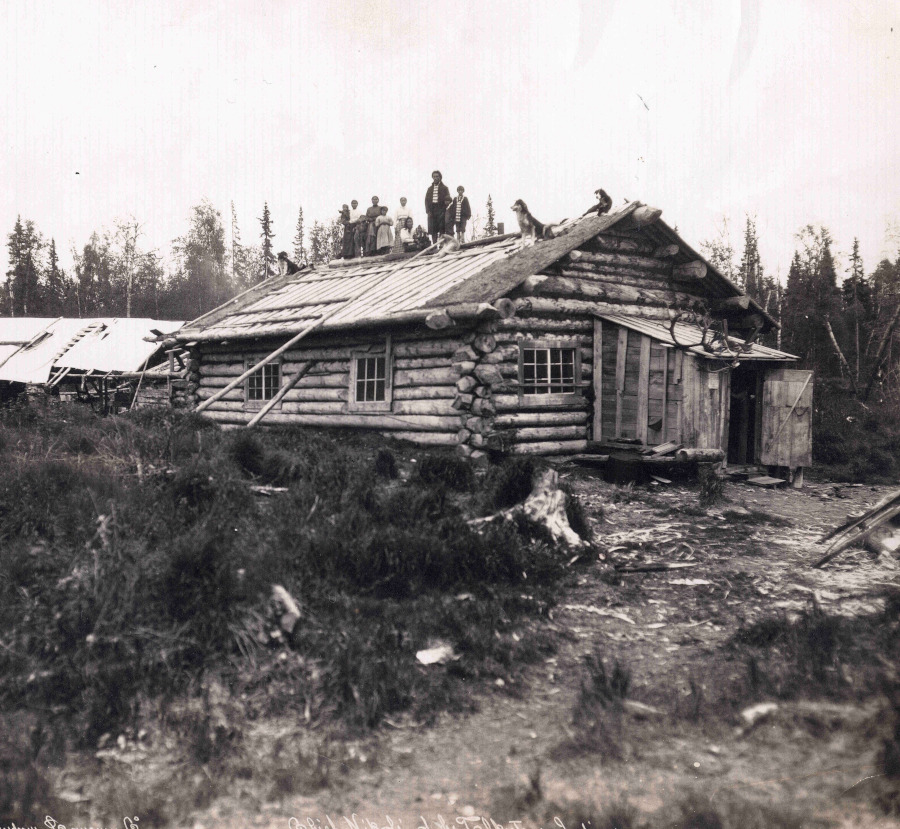
We are on the land of the Dena’ina Ełnena
4,000 – 6,000 years ago to late 1800s
The land was partially glaciated, but the Mountain People traveled the area using the rivers as highways. This area was rich in natural resources – salmon, bears, moose and other animals made survival less difficult in the harsh climate. There is evidence that there were summer camps established around the Talkeetna area along the rivers. Archeological studies in our region show food cache pits and other treasures. Those people would not have likely seen white explorers until after 1880, unless they traveled south to the lower Cook Inlet. They would have referred to Talkeetna as K’dalkitnu – food-is-stored river, or ‘river where we store our food’. In the early 1900s, explorers would describe the place name as “river of plenty”, likely due to misunderstanding in translation. The end of Talkeetna’s main street where three river converge was Llingsledt. The mountain Denali, was Dghelay Ka’a. Deenalee was a word from the Koyukon people, which later became Denali.The Talkeetna Museum sits on the traditional homeland of the Dena’ina, and more specifically, the Dghelay Teht’ana and K’dalkitnu Ht’ana. The museum is committed to recognizing and honoring the land, culture and language of the Dena’ina people. We recognize and respect the continuing connection, by all Indigenous people, to the land, the waters and communities..
Mining and Exploration
1880s to 1916
Other areas of Alaska had Russian explorers, but as far as we can tell, Russians never made it up the Cook Inlet waters as far as Talkeetna. At the end of the 1800s, though, white explorers were interested in the very tall mountain the native people called Denali as well as gold. In 1897, William Dickey arrived in the area, searching for gold. While here, he ran into silver miners, as the story goes, and got into a fight about U.S. currency. When he returned to the U.S. east coast, he wrote an article widely published where he called the great large snow-covered mountain he saw “Mt. McKinley” as a nod to the Senator running for U.S. President, William McKinley. He intentionally wanted to rub it in since McKinley was in favor of the gold standard and not the silver standard. Although Denali had a number of native names, everyone in the U.S. now believed McKinley was actually the name of the tallest mountain in North America. That article led to more gold mining exploration and also interest in climbing and mountaineering. USGS mapper Alfred Brooks arrived in 1902 to map the Denali/Mt McKinley region. In 1903, Dr. Fredrick Cook led an expedition meaning to find a route to the top of Denali. It failed, but he would return in 1906. Meanwhile, gold was discovered in the Cache Creek region in 1905. That led to increased population at Susitna Station, a small community at the confluence of the Susitna and Yentna Rivers. It also led to the start of the community of McDougall to the north. AND the effort to make Talkeetna an outpost. That early effort failed and by 1910, on USGS maps, Talkeetna was considered “abandoned”. That didn’t last long though.
1910 – North Peak of Denali is summitted successfully
1912 – Belmore Browne and Herschel Parker led a team from the Cook Inlet, past Talkeetna, through a mountain pass to the north side of Denali, following the route of the 1910 “sourdoughs”. They made it to within 100 yards of the south peak before being turned away by a storm.
1913 – Native born part-Athabascan Walter Harper was the first person to set foot on the top of Denali/McKinley. The team included Harry Karstens, Hudson Stuck and Robert Tatum.
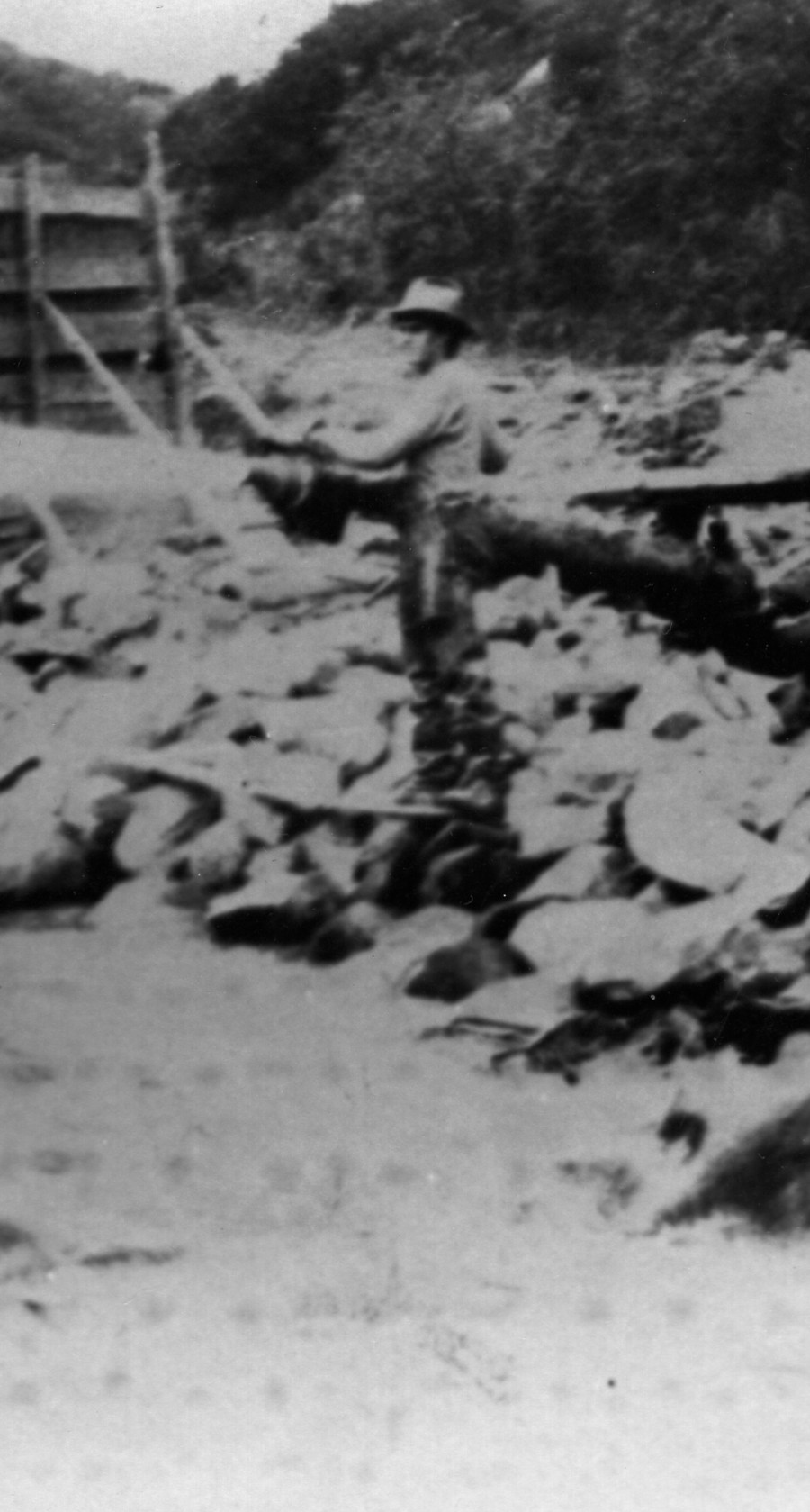
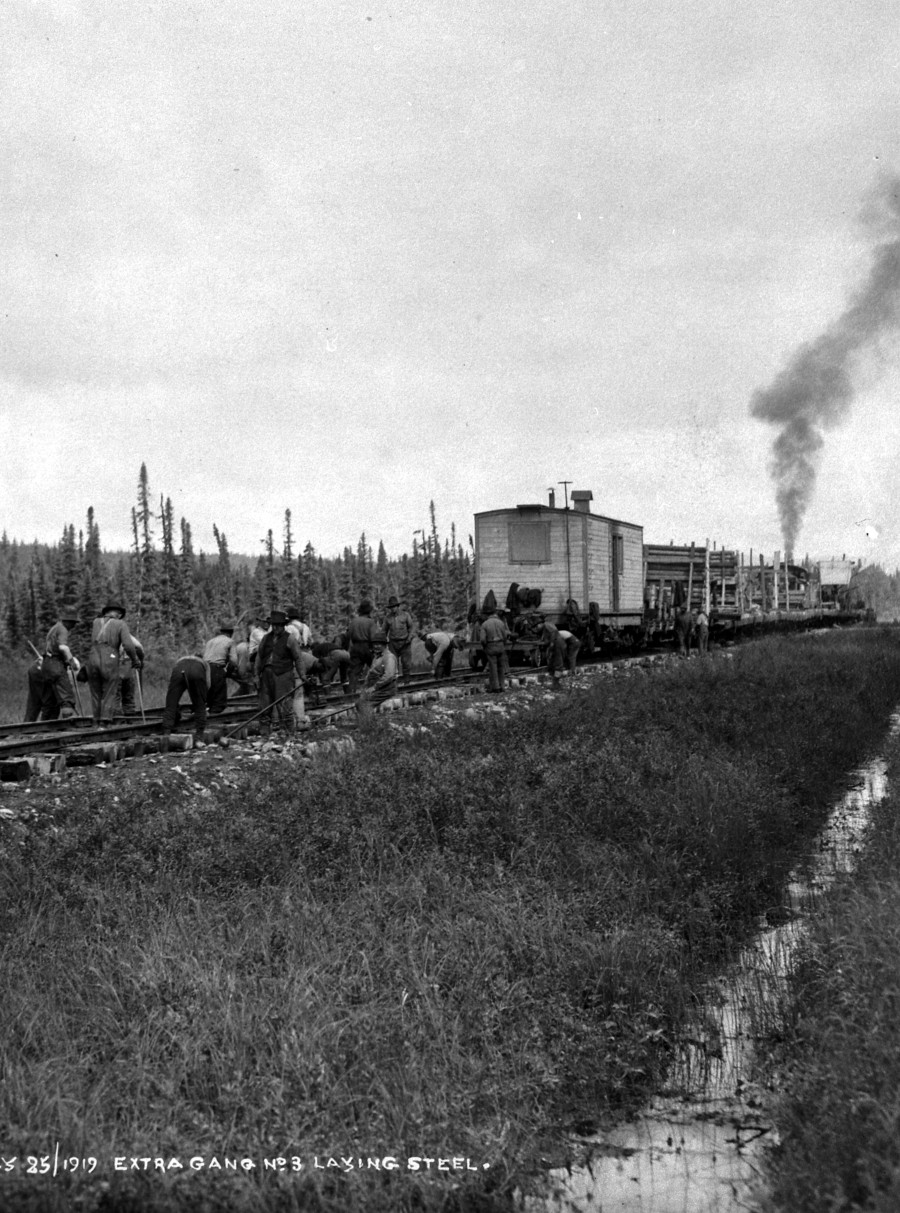
Alaska Engineering Commission and the Railroad
1916 – 1923
The building of the Alaska Railroad began in earnest in 1914 in Seward. By 1915, a district headquarters had developed in what would become present day Anchorage. In 1916, a district headquarters opened further north in Talkeetna. Talkeetna became a hub of railroad and mining activity with an estimated population of 1,000 people by 1917. There were roadhouses, bunkhouses, a trading post, sawmill, coffee houses and people began building homes. In 1919, the railroad was completed past Talkeetna. Many people moved on to find railroad work to the north. By 1920, the population had plummeted to 70 people. That decline was due to the flu epidemic of 1918, which killed thousands across Alaska, as well as World War I and the completion of the rail lines through Talkeetna.
To the north, in 1923 was the opening of the Curry Hotel in Curry, Alaska. It was the halfway point between Anchorage and Fairbanks and would serve as the refueling station for the steam trains. It was also the site of an upscale hotel, with tennis courts, ski hill, swimming pool and black tie dining room. For travelers ready to see wilderness, Curry was a site to behold. People could have easily been in downtown Anchorage or any other city.
That summer, President Warren G. Harding became the first sitting president to visit Alaska. He journeyed north with the intent of pounding the final spike in the railroad and signify its completion. Although there is speculation that he made a stop in Talkeetna, there are no photos or mention of the stop in any itinerary or presidential papers. He made stops in Metlakatla, Ketchikan, Skagway, Juneau, Seward, Anchorage, Willow, Curry, Cantwell and of course, Nenana and Fairbanks. As he sailed south after his visit to the interior, he would also see Valdez and Cordova before heading to Seattle. Later, Talkeetna residents would boast that the president not only stopped in Talkeetna, but dined and drank at the fancy Fairview Hotel. (No, it was prohibition era and the Fairview did not serve alcohol until 1934) It would become folklore difficult to stop. To this day, people still ask about the Harding visit, even though there is no proof that his presidential train car stopped here.
The Depression and War Years
1924 – 1950
There were dozens of people coming from across the globe in the 20s and 30s to search for gold. Immigrants from the U.S., from Norway, Sweden, Germany, Yugoslavia, Italy and other areas landed in Talkeetna. It could be many were escaping strive after World War I and avoiding political unrest in the early 30s as they boarded ships bound for the United States. There is a lack of written information, but according to the 1930 census, more than 1/2 the 70 residents of Talkeetna were from a different country than the U.S.
Very few people got wealthy from gold mining. Those that did were not in the mining business, but the business of providing service to miners. A few people stayed and made a home in Talkeetna. In 1938, travel by small aircraft was easier and the Talkeetna Village airstrip was built. The very next year, construction began on an airfield only a few hundred yards away. That airport became even more important during World War II. By 1940, the population of Talkeetna was 136 people. The people remaining after the railroad building boom mined in the summers in gold mines in hills to the west and hunkered down in Talkeetna in winter. Aviation would become a popular transportation mode and people like Bradford Washburn and Don Sheldon would change mountaineering on Denali forever.
The Curry resort would meet its demise in 1958 when faulty generators caused an explosion and buildings burned to the ground. There was no way fire equipment could reach the remote outpost. Advanced train technology had changed and refueling at Curry was no longer necessary. The Curry hotel would not be rebuilt and the area ceased to exist as a tourist destination.
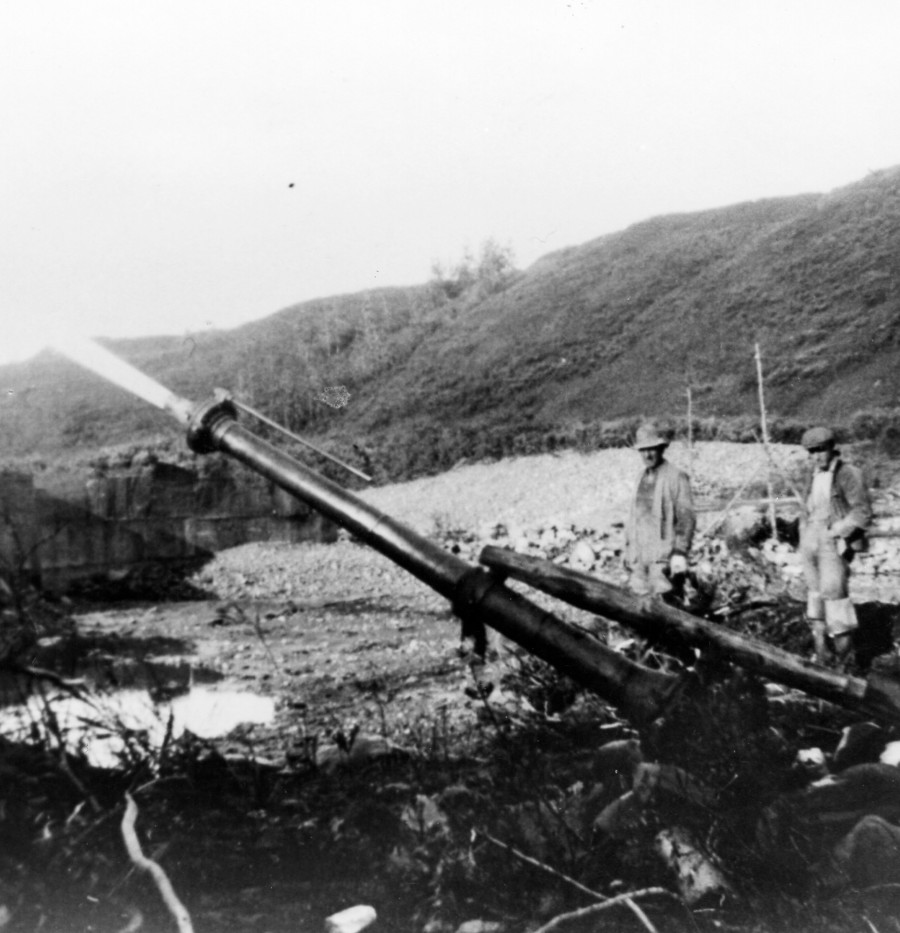
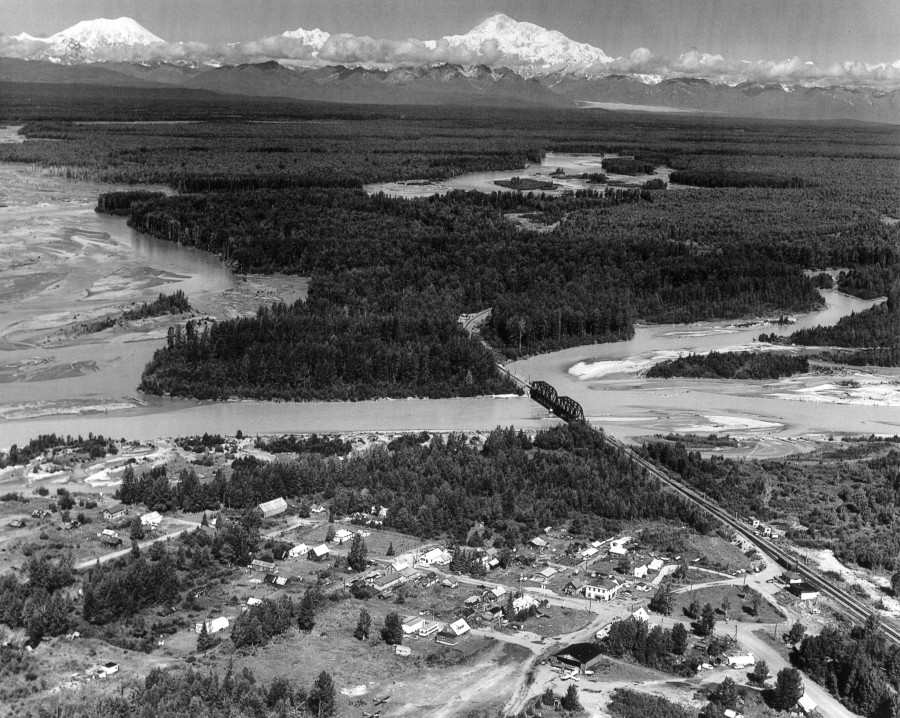
The 1950s to today
1950 – 2000
In the mid 50s there was a renewed effort to expand the Talkeetna Airport (not the small village airstrip). It was becoming easier to get to Alaska, too. Air travel and the completion of the Alaska Canadian Highway meant access into more remote areas. In 1959, Alaska Statehood meant huge changes. In late 1950s and early 60s, much progress was made on the highway that would eventually connect Anchorage to Fairbanks. In 1963, Talkeetna was put on the map by being the best spot int he entire nation to see the total solar eclipse. Hundreds of people descended on Talkeetna July 1963 for the event. Special railroad passes were made available; the airfield was filled with aircraft. It was estimated between 1500 and 2000 people witnesses the eclipse. In 1963, the Talkeetna Spur Road became a reality. It was a rough road in the beginning and became more improved after the Great Earthquake damage repair in 1964. People could drive from Anchorage all the way into downtown Talkeetna!
In 1971, the “open to entry” land sales started a mini-stampede of “back to the land” people from the lower 48 states. The size of Talkeetna doubled from 150 to 300.
In 1971, the original territorial schoolhouse would close due to crowded conditions. A new elementary and high school were built. Mountaineering on Denali would become more and more popular by the mid 70s. By 1980 the population of Talkeetna was 264 people and by 2000, it had tripled to 772. In the early 1990s, Talkeetna would begin to see tourism. Tourism meant jobs and jobs meant more people. In 1993, the efforts to preserve a section of downtown Talkeetna came to fruition when a 2 block by 3 block area was placed on the National Register of Historic Places.
Today
2000 –
The 2010 census showed 876 people in Talkeetna. We await the 2020 census numbers. Talkeetna is still unincorporated, meaning there is no form of government. We have no mayor or city manager. The Mat Su Borough oversees the schools, snowplowing and road maintenance. Most of the ‘old timers’ of the 20s and 30s passed away in the early 1970s. There are only fragments of the early railroad and mining days. Today, Talkeetna serves international tourists and mountain climbers. It is becoming a bedroom community for Anchorage residents accessing their holiday cabins in the woods. The historic district is almost overshadowed by newer buildings, eateries and gift shops. How will Talkeetna manage growth and tourism in the future? What will become of the fading historic district? What does the rising, changing Susitna River have in store for the village?
